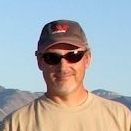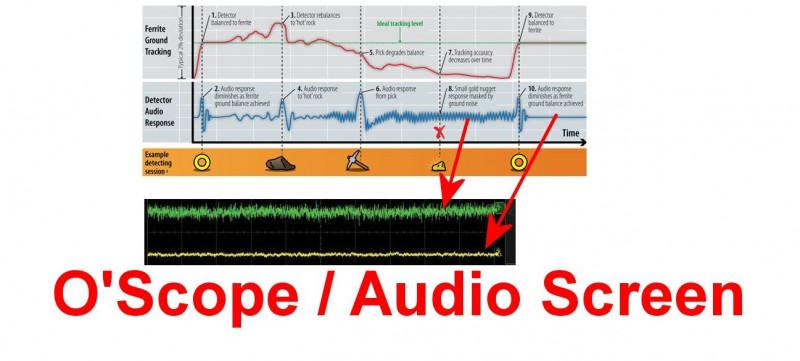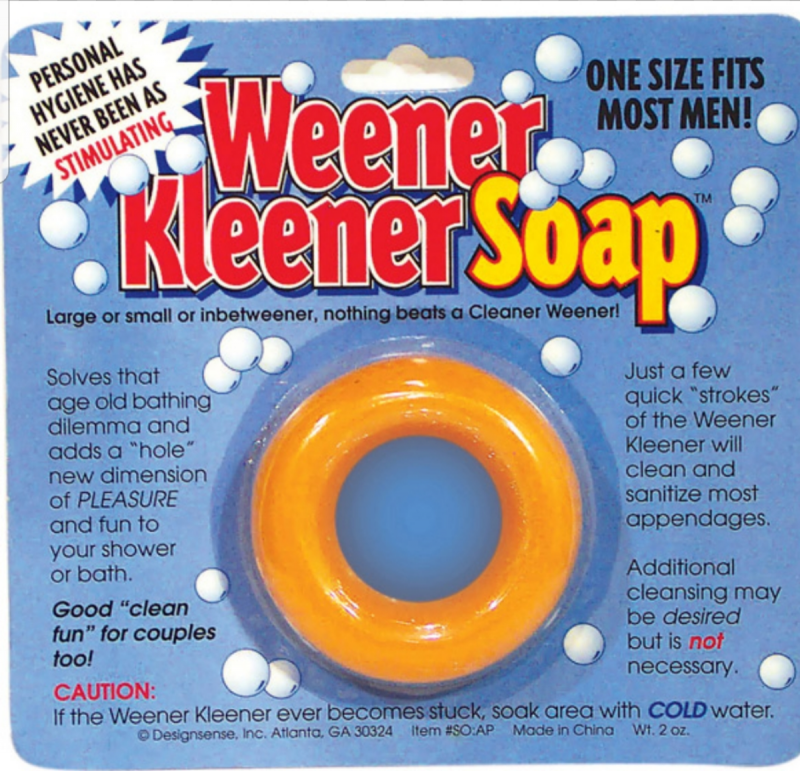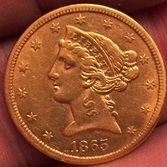Leaderboard
Popular Content
Showing content with the highest reputation on 07/09/2019 in all areas
-
Most of us have seen gold coins and a lucky few have even unearthed one. But have you seen a US gold coin that was found with a detector, like this one? Only 34,500 minted. Yes it is a really great condition 1856-S Indian Princess $3 US Gold Piece. Jared T. in WY can now proudly join the Gold Coin Club. And he is certainly happy with his choice of the Equinox 800 fitted with the small 6" coil for trashy sites.12 points
-
I have been scanning 35 mm Slides and came across a guy now resting closer to the gold. He was a real gentle man. He put a stop to my dredging when he let my wife wear his smaller 16 oz necklace. If I remember right that is a 30 plus oz in his hand. The third photo is my collection of coarse gold I dredged that year.9 points
-
... the first of the 49'ers from the eastern US states, Australia, England, and Mexico were now beginning to arrive in the California gold fields. Hopes were high that they would "see the elephant," an allusion to participating in a truly spectacular, life-changing event. The California Gold Rush, from 1849 to 1857, was one of the most significant world-altering events in modern history. While metal detectors have replaced gold pans and rocker boxes, those of us who pursue "the elusive yellow metal" are the brethren of those intrepid 49ers. A post-gold rush ballad states "... and I often grieve and pine... for the days of old... the days of gold... the Days of 49..." I hope you all "see the elephant." HH Jim6 points
-
You can also download a free pdf version here https://archive.org/details/cihm_027534 points
-
Hey Guys, Thanks and I agree with you, I think the GPZ is the simplest big detector to use. That being said, many customers want to know all this technical stuff when they haven't even purchased the detector or used it yet. I guess the main reason is the potential customers download the instructional manual from Minelab's website, read it briefly and don't see any of this info for the most part in the manual. They then want to question, why isn't Minelab showing any of this important info on how the detector runs ...... I appreciate all the info JP and others. Great learning for all of us.4 points
-
They didn't have GPS, cell phones, google earth, X coils, trail mix, rain coats, dentists, doctors, or this forum and me to keep them in line. It's a wonder any of them survived much less succeeded. My fathers family came out to Ca. in 1851 from Bangor Maine and started the town of Bangor in Butte county. Thus all the family since has been cursed with the prospecting disease.4 points
-
In layman’s terms Saturation is where the concentrated highly magnetic mineralised pebbles and soils on the surface of the ground throw a field back at the Tx winding causing a small current to pass across the Tx which then manifests as a signal in your ears. You cannot ground balance out Saturation signal, it will always be there no matter what, unless you lower the Sensitivity, change Ground Type mode (EG go from Normal to Difficult) or use a less aggressive Gold mode (EG go from High Yield to General) or worst of all FILTER it OUT by introducing Audio Smoothing. All PI detectors I have ever used Saturate, this is especially so with the new Flat wound coils on GPX machines. All Saturation signals compete with target signals so the operator needs to perfect their swing height manageament to keep the coil right on the cusp between Saturation noise intrusion into the threshold and maximum depth relative to a buried target. Once Saturation noise intrudes the level of noise that is generated adds to the general threshold noise of the detector effectively reducing sensitivity to a buried target (masking in other words). Because the GPZ 7000 runs so quiet (assuming you are using sensible settings) Saturation noise can interfere or reduce sensitivity, a precious commodity gained through the GPZ’s ability to run Zero Stabilizer (Audio Smoothing OFF). If you introduce Audio Smoothing you mask or hide the effects of Saturation and EMI, both of which KILL depth. I think a lot of X coil users are running their detectors this way and are masking or hiding the differences. All X coils that I have used SATURATE much more readily than Minelab coils, more noise equals less performance which is why I was trying so hard to see them improved before they went on sale. JP4 points
-
Not too shabby for an Arizona weekend. (We don’t have the old stuff you others have got in the ground.) Three straight days of detecting yields an 1898 Barber Quarter, 1945 Mercury dime, 1951 Franklin 50 cent piece, Utah state tax token, 13 Wheat pennies, some other trinkets, and a 14k gold/platinum setting diamond ring. Not shown here was also a serial number stamped on a plaque from an 1880s sewing machine and a whole pile of other junk. I’m most excited about the Barber and the 50 cent silver. The quarter was about 6-7 inches down and on edge. It sounded good both ways, but swinging inconsistent numbers on the Equinox 800 in Field 1 with the 15 inch coil. I surmise the yard had been cleaned out before even though the owner thought it had not. That was one of it’s only few coins in 8 hours of detecting it—and the yard was massive. Conversely, the Merc., Franklin, and most of the Wheats came from the another small 8’ by 16 ‘ front yard that took only a couple of hours to detect. The diamond ring came from the old school house. Left by someone else unwilling to dig a repeatable number 12 target. Can’t wait to do it again, but going to need some muscle recovery time from all those lunges and precision digging.2 points
-
Hi Jasong, apologies for missing some of your questions and thanks for the PM bringing it to my attention. I am not at liberty to answer all questions especially of a technical nature, firstly because of confidentiality and secondly because I’m not qualified to go too deep on those subjects. Not using a Ferrite means you will never know if your X balance is out, relying on Auto means you are relying on the detectors algorithm to find the X balance for you which is OK in soils were X signal is minimal, in Australia this (and Arizona because I have detected there) is not a good thing in my opinion. Using Quick-Trak could potentially exacerbate things because Quick-Trak forces the G and X tracking, if the detector does not get a good look at X signal during this stage the X balance will have to be out. This is not a problem if there is no X signal in your ground which is suggested by your GPZ successes. X balance is needed because no electronics are exactly the same and prefect and no two coils are EXACTLTY the same and perfect, as such there can be slight temperature drift in ZVT allowing X signal to come through. This is especially true with the X coils. The detector in the environment does not always know the difference between Salt signal, Saturation signal and X signal as such it can become confused if too much Salt signal or Saturation signal is present in Auto mode, this then could cause the X balance to no longer be optimal hence the release of the Ferrite to allow the detector to see an optimal X signal, this is why I advocate the use of Semi-Auto and the Ferrite to prevent this from happening, even for low X ground. The first GPZs had a very lively X balance in Auto mode which potentially allowed Salt and Saturation signals to interfere with the X balance, this was later refined in the first update and carries through to today. Salt Ground can also have variable amounts of G and varying amounts of X signals as well as Saturation signals, you the operator cannot always tell mainly due to the Salt signal being so dominant. Having a good Ferrite balance that is fixed to the units operating temperature in this case is best, to avoid the X balance moving away from optimum. If X is not present then there is no issue. If Saturation is not present then there is no issue. Hope this helps JP2 points
-
I bought the very first one released to customers direct from my good friend Tony Hunt here in the UK, and in all honesty his Tele-Nox fully collapsible carbon shaft is a top notch bit of kit and worth every penny, when collapsed down will fit direct in a back pack.2 points
-
The pick tells me that the old timers worked the area. Was it surface/trench or reef. That should tell you how to work the spot yourself. Have a read of Egixe4 post a page or two back it sounds like Yackandanah is a close site worth having a look. If you know a place where a nugget was detected, put a 5 cent, 22 bullet and a air rifle pellet in the ground at lest 4" / 100mm deep. The size of your finds make me think your expectation might be a bit high. Hope this help in your pursuit2 points
-
2 points
-
There was an old bull and a young bull up on top of a hill and a herd of cow in the paddock below. The young one said lets run down and knock a few of them up. The old wise bull said let walk down and do the lot in. Phrunt it seems like you are the young bull.2 points
-
I am in full agreement that the GPZ is a great machine to use and fairly easy to learn. The questions we ask are not intended to make the machine seem more difficult to operate or to make us look or feel smarter for asking the direct pointed questions, or to frustrate JP :) The truth is, that the more information we have on how something works, also helps us solve current or future problems that might come up, whether it is some strange coil, setting experimentation, or who knows what. Many terms are used and assumed (sometimes incorrectly) leading to misunderstanding information. I prefer not to assume. And the fact that we have someone like JP on here to explain this stuff, is much appreciated. For example, if the questions were not asked, I would still be using the octopus style ground balancing, which can still end up leaving the machine not ground balance to its full capability. Anyways, I have found this to be a very healthy discussion.2 points
-
Hey Guys, Jasong - Yes, I was in the same area, but not the exact location. In Semi-Auto the unit seems to run smoother from what I noticed vs. Auto mode. I used to always run Auto, but found at times it got noisy even after a ground balance with the Ferrite. JP - No question you are an expert on all this, but I can tell you, it' down right confusing. You wouldn't believe how many emails I have gotten from this thread, asking me if I really understood all this X-balance, G-balance, temperature change, using the Ferrite or NOT, what mode to be in, and should you use the Ferrrite. Most of all the customer have stated, "it don't show any of this in the instructional manual?" I must tell you, the customers that were on fence about buying a GPZ 7000 just jumped back. Reading this for a new customer, or someone thinking about purchasing is way too confusing. I'm real surprised Minelab hasn't clarified any of this. If it wasn't for you, most of us wouldn't have a clue about all this technical stuff.2 points
-
Super Cool! If it can handle the punishment of Hardcore Diggers? Enjoy! Cheers, Ig1 point
-
I am using Garrett AT Pro for 3 years. As for me, one of the best metal detectors for coins and relics in $500 segment. The main advantages: easy to use (User-friendly interface) good depth and discrimination ground balance a lot of search coils for any tasks Perhaps soon I will replace it with something more recent with multi frequency technology. Maybe it's time to try Minelab :)1 point
-
Hi AussieDigs, I have a question that perhaps was covered earlier in your thread. Have you gotten with a friend who can perhaps lead you over a target he has found that he thinks is gold and then has you find it? That is one of the most amazing ways of tuning yourself to hear the subtle sounds. I have shown a couple of people - people who have spend a lot of time detecting too - what a target sound comes through like and they have been amazed. Best wishes1 point
-
Came across this link, seems someone else found one like it but in rougher shape. https://www.coincommunity.com/forum/topic.asp?TOPIC_ID=989981 point
-
1 point
-
Rob, Yep, I was trained to use Auto GB 4 years ago and trusted the GPZ. Now, from the posts, tips, etc. I know I've NEVER had a good GB for the past 4 years and probably missed alot of gold!? Good thing you can "teach an old dog new tricks". Bill1 point
-
Looks like Tony Hunts shaft..... i believe Keith Leppart (ML repairs) carries them as does Tony Hunt in the UK. The guy on free-bay..... may be from SERIOUS DETECTING..... another who carries them. Havent been here in the states long enough for many reviews..... someone mentioned they were a tad heavier than some of the other CF ones out there now.1 point
-
I read this book probably 20 years ago, just thinking about the gold these folks were finding is unbelievable, they were not talking about ounces, they were talking about POUNDS...Geo1 point
-
Pretty heavy for a screw cap, I think. In the thirty or forty’s screw caps were fairly common on whiskey and condiment bottles...my time line may be off a bit, just my memories from hunting old dumps. Phrunt...??? Even coin hunting requires decent ground coverage and coil control, listen to the Master! with respect fred1 point
-
Low spots can be great holding areas for heavy targets. If the sand in or around them is soft, expect light targets (pulltabs). I seem to do well just outside of a pool for some odd reason. Going off of your pictures, I'd hit around the rocks as much as possible. If they aren't sinking then jewelry & coins won't go far down either. Good Luck!1 point
-
Seems that way, has MLs very negative reaction to the users X coil reviews stopped any SDC aftermarket coil discussion? I am very happy with the Coiltek 11" I`ve added to my SDC, as I`ve stated in my combined Coitek 11" and Xcoil 10" review.1 point
-
Thankyou Northeast, what Ive been saying can seem confusing because I am being asked VERY detailed questions and then trying to give VERY detailed replies. Like I said previously it should take 20 seconds from the machine switching on till your moving off to find your fortune. In our shop we call it the E F G approach, alphabetical so it is easy to remember the order. E for EMI F for Ferrite Balance G for Ground Balance Hope this helps JP1 point
-
I agree Northeast. The 7000 is complex in it's make-up but surprisingly simple to use. I was laughing the other day with an acquaintance who was saying that you could screw up almost every setting and find gold with it. Don't be intimidated by the highly technical talk; for the end user there are a few simple steps and if you go over gold you will find it. Obviously you need correct technique - and, yes, a lot depends on that - but it can be learned. I am sure there are others that post here who will agree with Northeast as well.1 point
-
I don’t normally offer advice on the net, but I’ve had a long association with the Beechworth area And done quite nicely around the place over the years. For good sized gold, get up to Yac, then smaller coils on the top of hills and on the steeper slopes, save the big coil for the lower flats.1 point
-
My understanding of the how Ground and Ferrite balancing may work??? Soil contains minerals such as iron and other particles that create a somewhat constant Ground signal that can be averaged and fed into the GPZ 7000 mathematical equations as a Ground tracking value. Ground tracking across different up/down distances of unleveled ground is possible as long as the magnetic ground response is linear. Linear meaning that as the coil goes close to the ground and then away from the ground a uniform Ground signal strength change is expected. The GPZ equations know from constant Ground tracking and/or you pumping the coil up and down periodically what kind of linear/uniform Ground signal response it should receive from the ground at different heights. Superparamagnetic particles normally do not have magnetic hysteresis or B curve like a small particle of iron. They do not retain a magnetic charge or north/south alignment like a small iron particle will. They change characteristics as the soil changes temperature. They are easily magnetically saturated. When the soil contains great numbers of these Superparamagnetic particles and they become saturated they generate a non-linear/non-uniform Ground signal that disrupts the GPZ ground tracking and target processing equations. To mitigate this X Signal problem the Ferrite balancing routine is providing a value into the GPZ mathematic equations to handle normal soil X Signal levels. The Ferrite value may be weighted in the different ground modes Normal, Difficult and Severe. The Superparamagnetic particles nearest the overlap of the Transmit and Receiver windings near the center of the coil are the most susceptible to becoming saturated. The Transmit winding is 2 cm above the Receiver windings to increase the distance to the soil and reduce the stronger magnetic lines of force that are close to the transmit coil from saturating these particles. Why is Proper Ferrite and Ground balancing important? The transmit pulse energizes the metal target that causes magnetic currents to generate a short duration magnetic field that is sensed by the receiver coils. The detectable duration of the target return is called the Time Constant of the target. Small gold nuggets have a very short Time Constant as well a weak signal return. Larger nuggets, bullets, nails, and junk have long Time Constants. Soil has a Time Constant that is similar to small nuggets. Small nuggets that have Time Constants that are shorter or longer than soil can be detected. Small nuggets that have the same time constant as soil may not be detected. For small nugget detection it is important that accurate, narrow Ground and X Signal values be maintained. Have a good day, Chet1 point
-
I forgot. You know those long handles for selfies and videos? Well, just attach one of those to your phone and swing it down near the ground. It kinda reminds you of an XP, right? Make sure you have a good second case (coil cover) so you don't have to explain to people why it has so many scratches!1 point
-
Why depend on a magnet when you can use a battery powered phone to spot iron? 1.5 inch range too! Modernity. It's fun and so ...modern! What will science come up with next - a phone powered belt?1 point
-
I'm still unclear on why auto tracking is not sufficient on the GPZ, especially for milder soils here in the US. There was discussion in 2015 how it was much faster and more sophisticated than the GPX auto tracker and so should be used, but now it's somehow too slow again after semi auto came out..? My experience has been it tracks fine in my ground and I simply pull the QT trigger if it's taking more than a second or two to catch up to me. I detect pretty fast and it's never slowed me down. I thought the GPZ was supposed to "remember" the ferrite in any tracking mode? If not, then why use the ferrite at all in auto at all since it'll just be tracked back out a few minutes later? Seems to me Semi Auto is best used in places with a lot of ferrite component in the ground - like Australia. There aren't a lot of places like that here in the US. Or potentially in places with a lot of salt since JP has said a number of times that salt throws X balance off, but that confuses me too since it looks like salt should be part of the G component of tracking where Semi Auto is the same as Auto anyways and there has never been much talk or definition about G or how exactly salt messes with X balance without being part of X...1 point
-
I'm with you NE. Ya couldn't help but like a guy with that kind of enthusiasm and belief that something good is bound to happen if you just try hard enough.1 point
-
And besides that the advertising was written in Australian - or some such incomprehensible foreign language.1 point
-
Good Thread Everyone, I have been experimenting with different settings, and ferrites. I have a different ferrite that falls within Minelabs GPZ 7000 specs, that seems to be working pretty good. Also, would be cool to incorporate an audio / O'scope screen option, to see when you need rebalance... I know semi pretty much does that when properly balanced to ferrite and ground, but I noticed you still need to constantly rebalance due to varying conditions, EMI, soil type, ect.. P.S. I tried this new ferrite Ring, but it didnt work to well...1 point
-
Rob, I always tell people not to expect the gold to pay for the trip! Go for the experience, for the adventure and the memories...Or go for the love of Australia. I went three times and cherish each trip. I may go again if things get better. regardless, I went, I seen Oz and will always be glad I did,1 point
-
1 point
-
Welcome to the forums, from SoCal also. You bought a good detector and will serve you well. Take your time learning it and don’t stray from the factory settings till you have put enough time to understand what the settings do. Happy Hunting.1 point
-
These are great photos indeed! At least it didnt show all the 'black magic' dust that is put in to make the coils work too - you have to get that in the right spots too!! ? Nice one, Trev.1 point
-
I have a 15” Fred.... seems like it will do what it says it should...I only had it on once around camp and it would blank out trash well. I haven’t used a DD since my Turdy-500 days.... I used to like it around the lake near Lucky’s. If you have a trashy area to check may as well spend some of that mouldy drywall money and see what you think ??1 point
-
Interesting, never seen that before, thanks for the link. The description lists the discovery location as the Huachuca's, but then owner says it was found outside of Oatman at a placer mine. There aren't many placer mines around Oatman that had screener plants on them. Personally, judging from the matte finish of the gold and semi-brecciated character of the quartz I think it didn't come from either of those areas. I'm really surprised though, I figured the 2nd largest nugget in state history would have been much larger. I've had old timers tell me about 10 to 20 ouncers they found in Lost Basin and Q in the 70's and 80's. I don't know much about Rich Hill but I gotta think there's been some close to that found out there, I figured even larger up until now.1 point
-
I stumbled across a post on another forum about the auto ground balance on the AT Pro and how it is not as close to the ground mineralization as it could be. The poster suggested auto ground balancing then switching to manual ground balance and dropping it by 5 clicks. I tried it with a couple targets on the ground, silver dime, gold earing and small white gold earing and yup gained about 2" on the gold and easy 3" on the dime. Though the targets were on the ground and not buried I believe the gain will be a bit less but the vdi numbers will be more accurate. I also tested 10 clicks down but that may be too close the grounds mineralization and the machine may start falsings. I had done this before at the beach where auto gb doesn't work that well. In wet sand the Auto Gb would set the machine around 12-14 and running the machine at 8 or gave it a bit more punch and actually ran quieter. I just never tried that on land as I assumed when the machine was quiet it was good to go. I'm sure many of you already knew this but thought I would toss it out anyways.1 point
-
Well stated, Jim! I'm not even a gold prospector (other than a time or two dipping my toe into some panning, so to speak), and I found the entire story fascinating and extremely well written. Steve has a real gift for writing, which is evident to anyone who has done a lot of writing and editing. His enthusiasm for prospecting, detecting, nature, and even flying, is a delight to read. So kudos to you, Steve! Your website is a model of how one should be designed, organized, and managed. Your writing ability and rational analysis of detecting and prospecting topics make your site a pleasure to read and participate in. Thanks for all your efforts. This story is just the latest example of how well you succeed. --Tom1 point
-
Now that the 6" is readily available, and the 15" is trickling out, what, if anything, is next? It seems like Minelab is finally listening to their customers, will we see the coveted 5x10" closed DD for relic hunting and gold prospecting ? I don't really care if Minelab makes it or Mars, NEL, or anyone else for that matter as long as it works.1 point
-
How about an 8" or 9" round coil design for water hunting. I'm sure relic hunters would want it too. Rick1 point
-
It would be really sweet if Mars could adapt their 6x10 sniper coil for the Equinox. I have tried many other aftermarket coils but for me Mars coils are it for performance, light weight and a wide variety of available sizes. I have an X-Terra 705 and the only reason it is staying in the arsenal is the increase in overall performance it has shown using Mars coils. Tom1 point




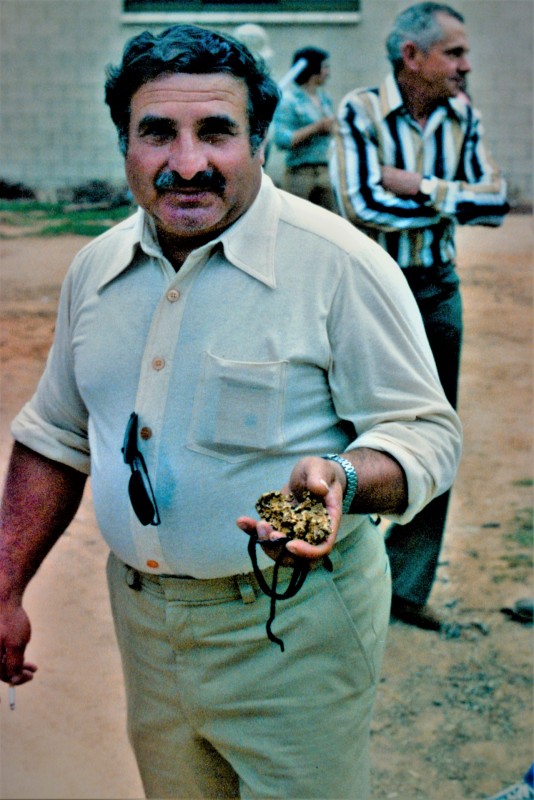
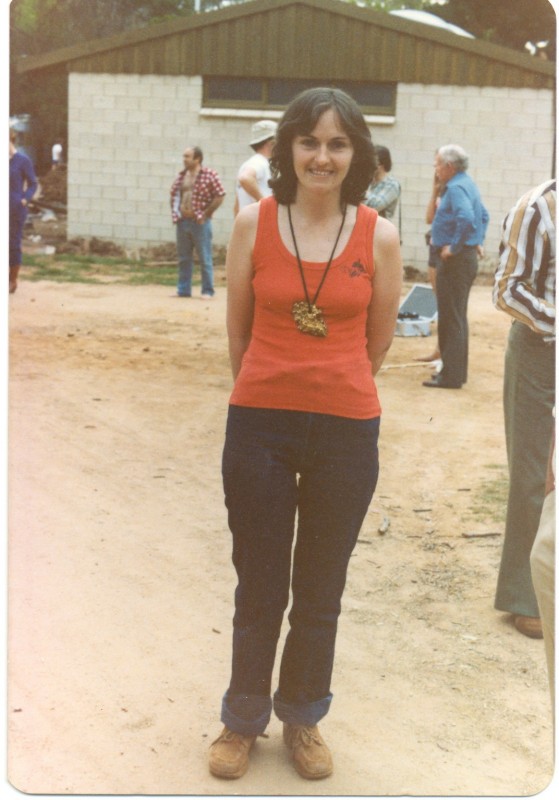
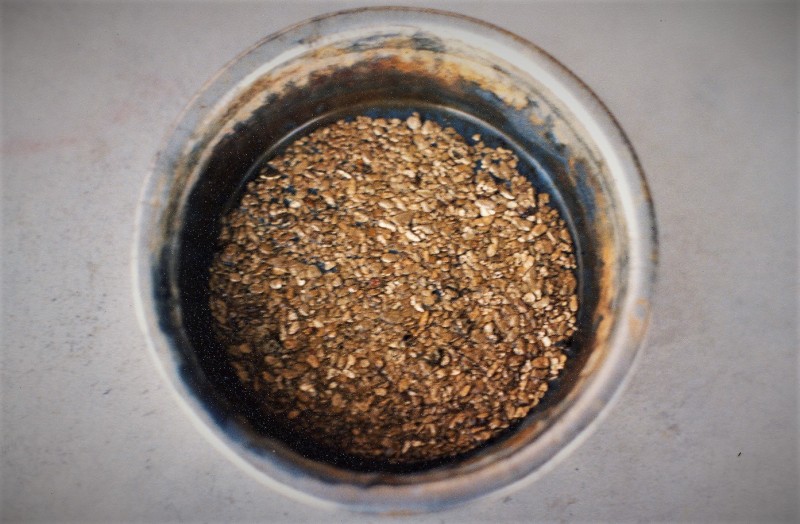

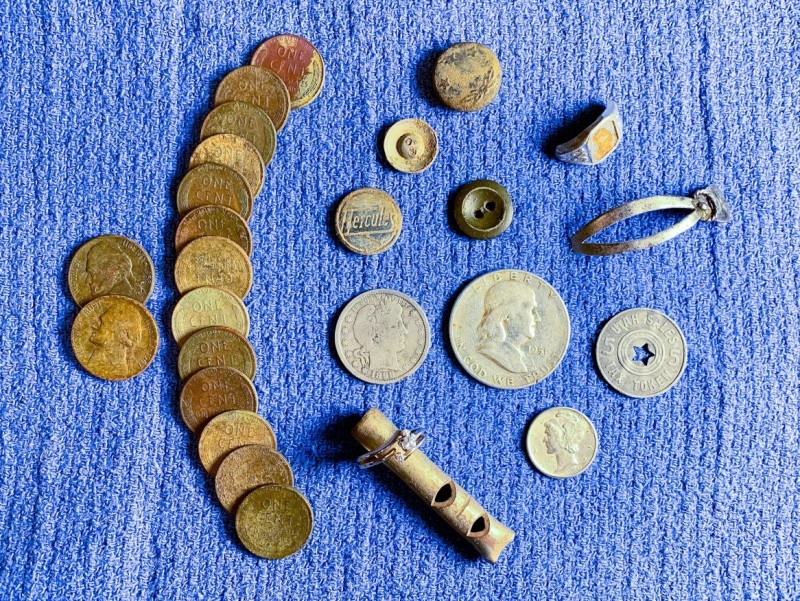
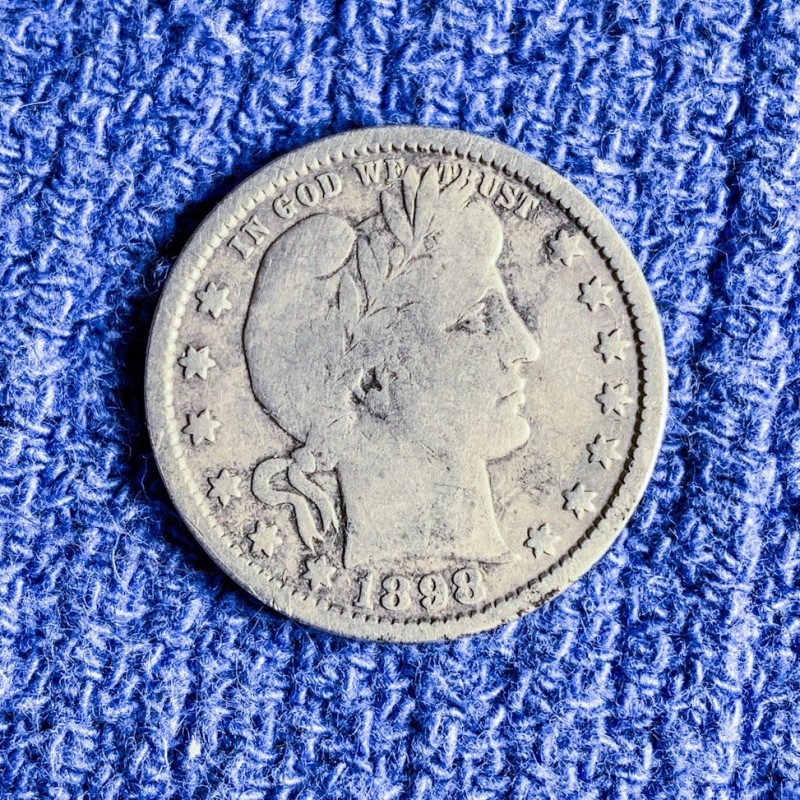
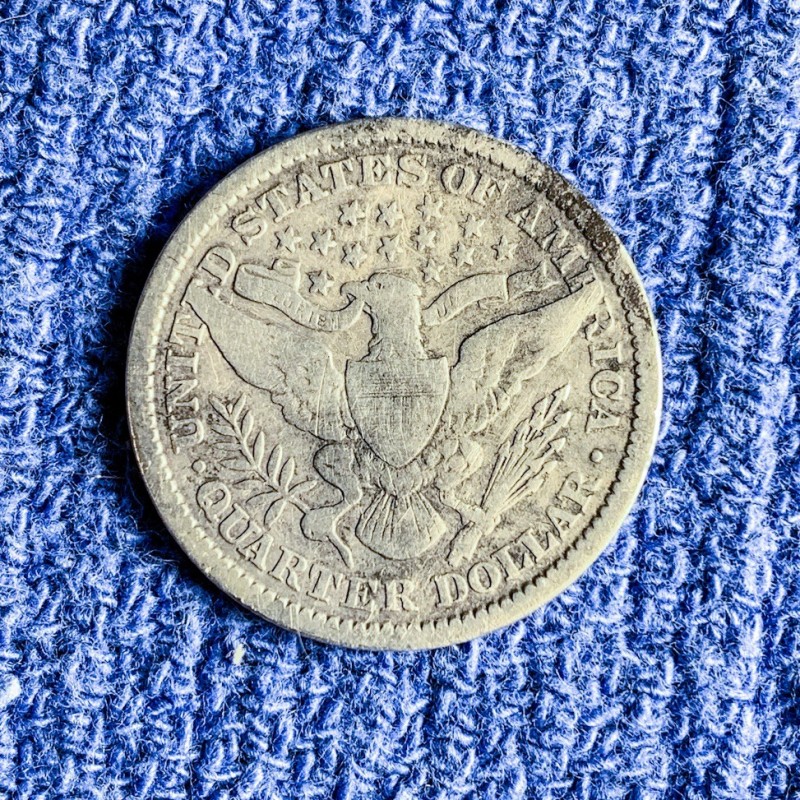
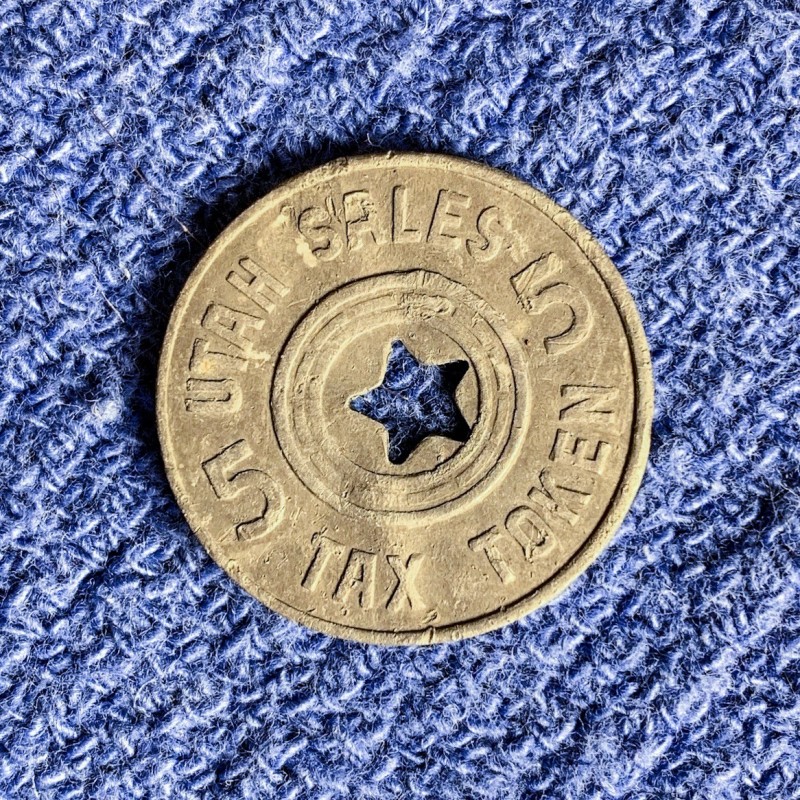
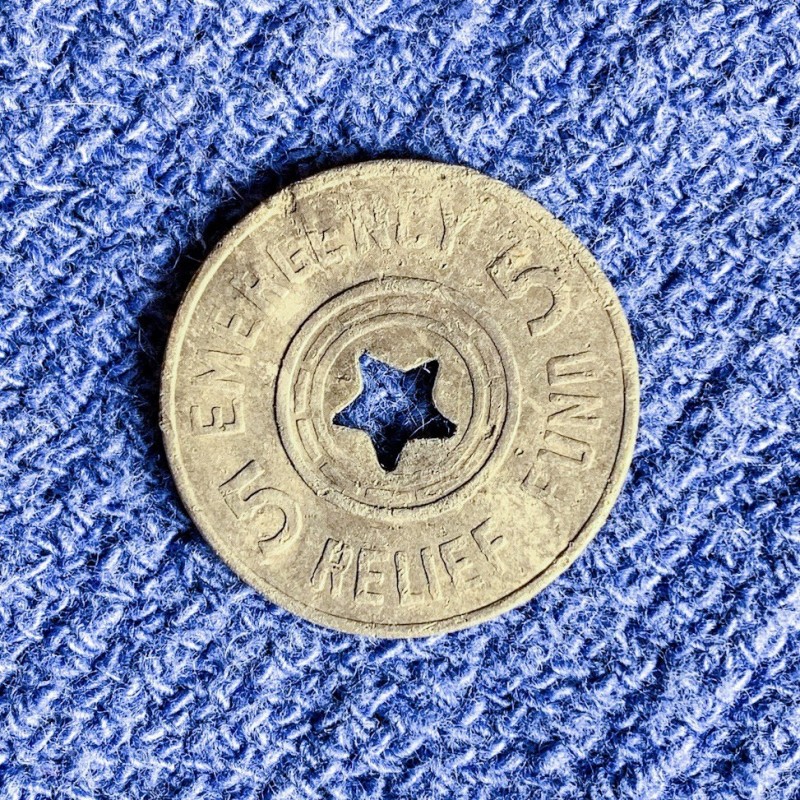
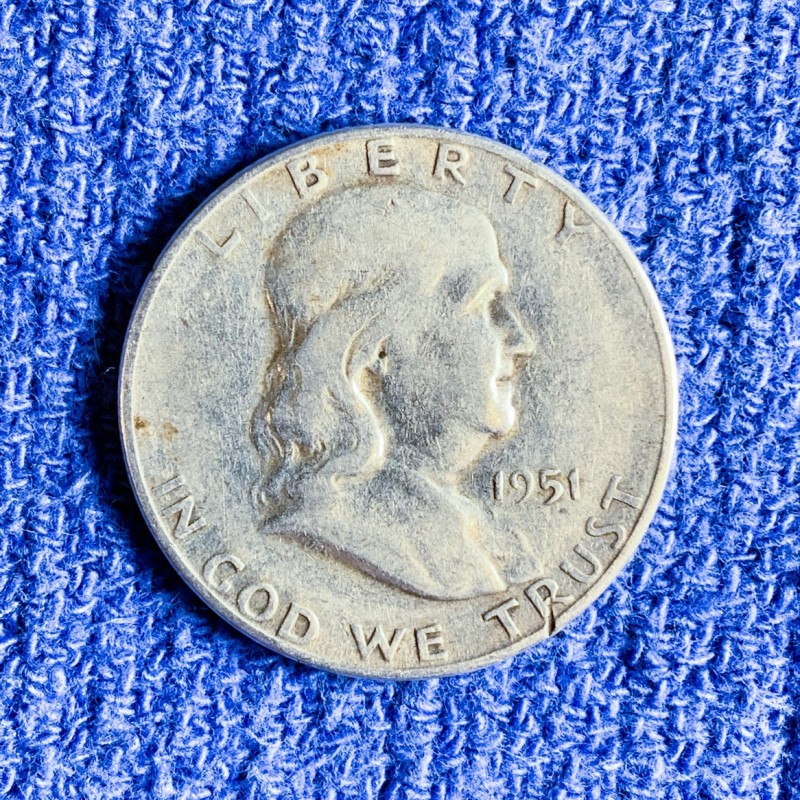
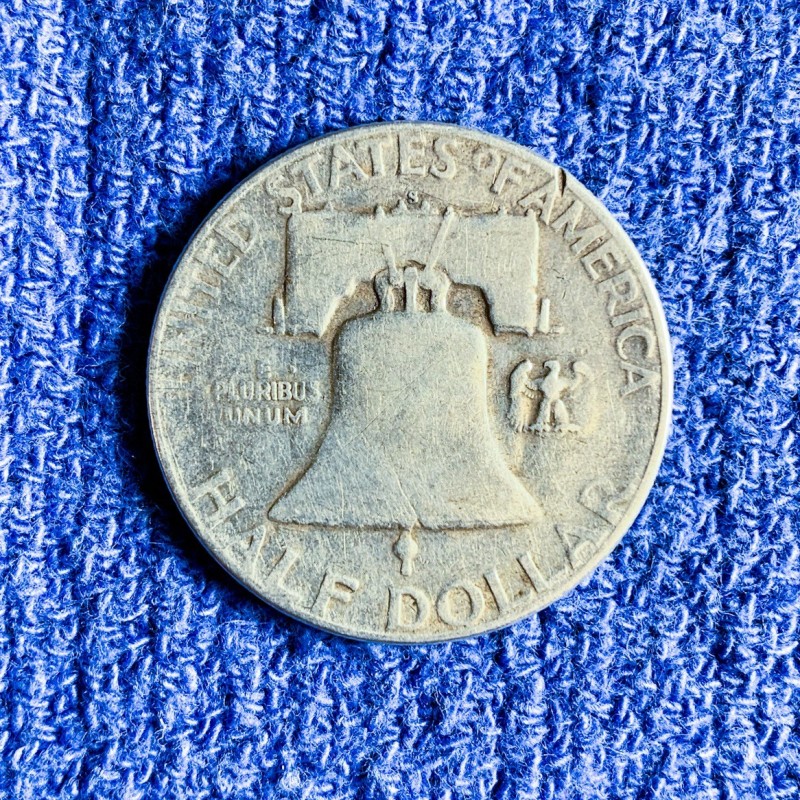
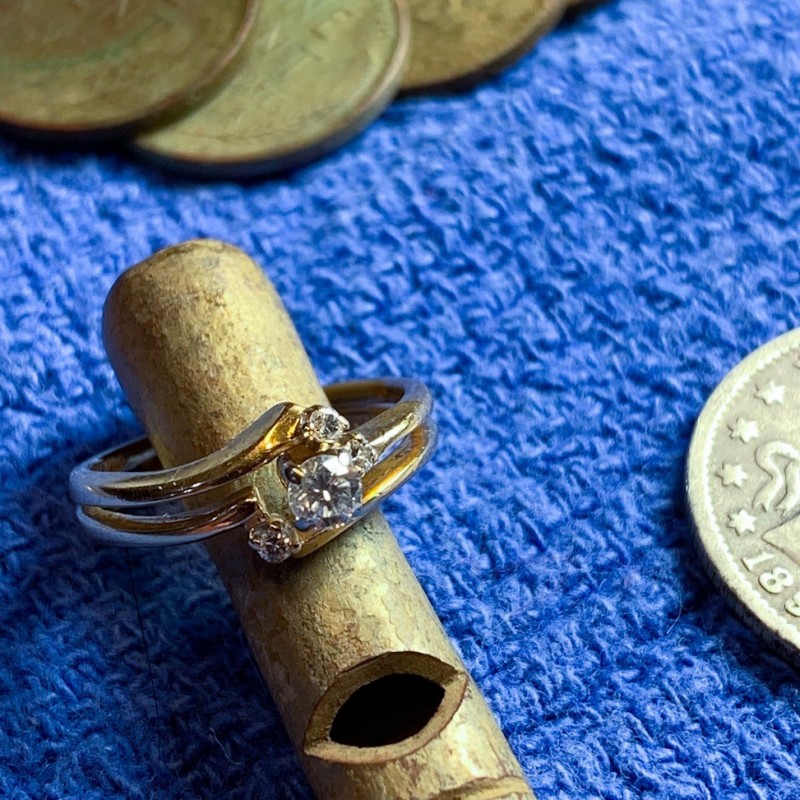
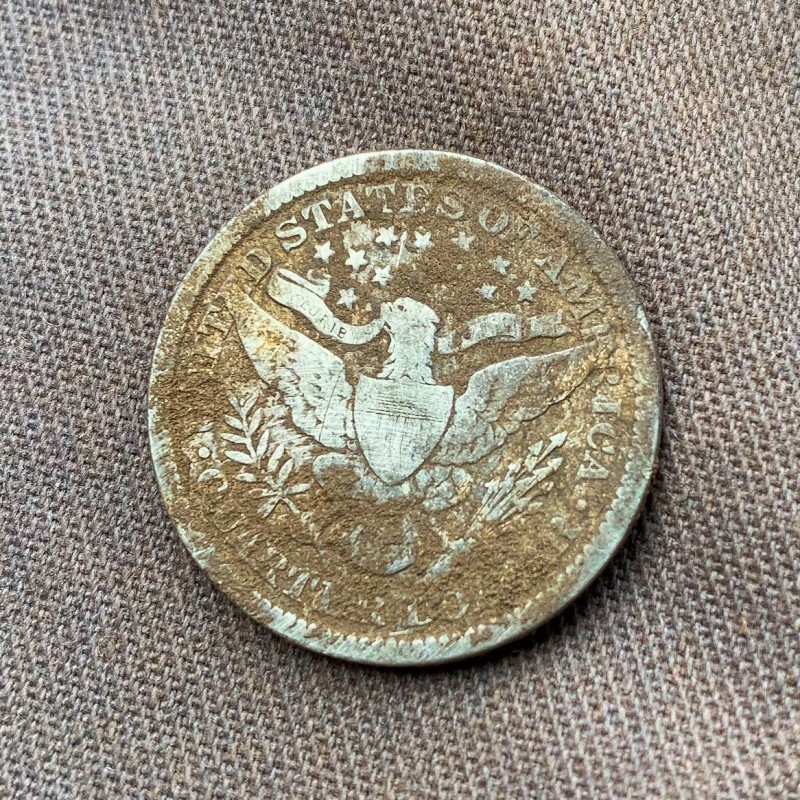
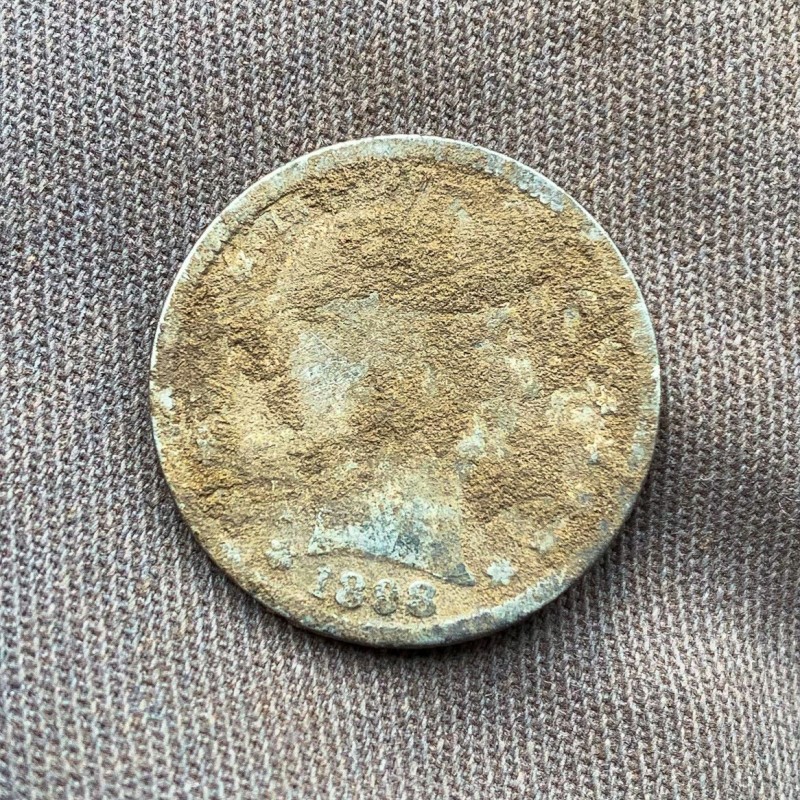
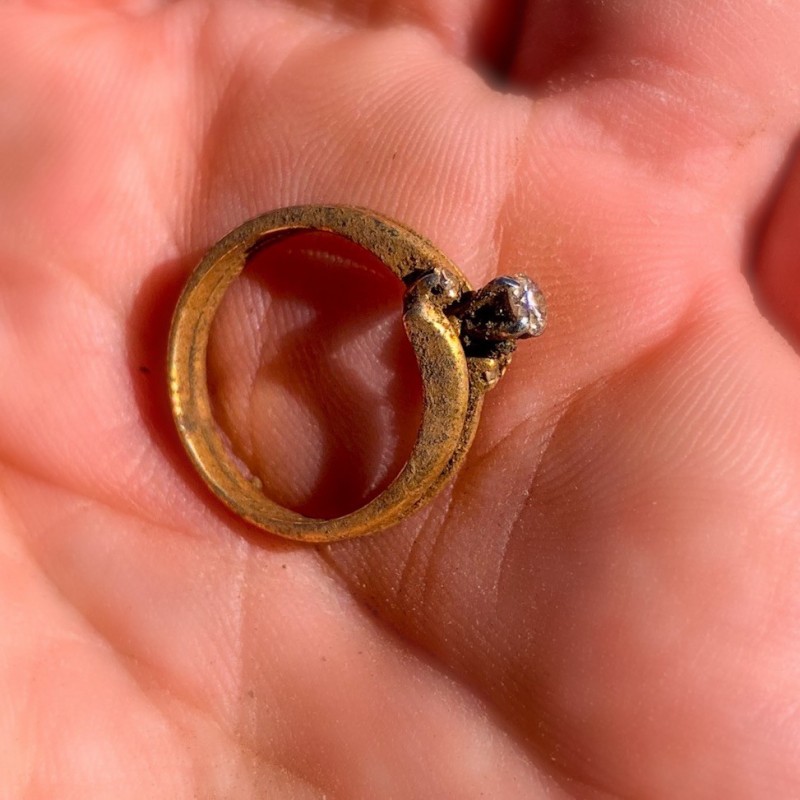
.thumb.jpg.a9604472c3cce6d83a8d8fcc887e33bc.jpg)
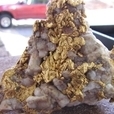




.thumb.jpg.77e4cb5bf39d44bdd2050d2edb7dfdb1.jpg)




